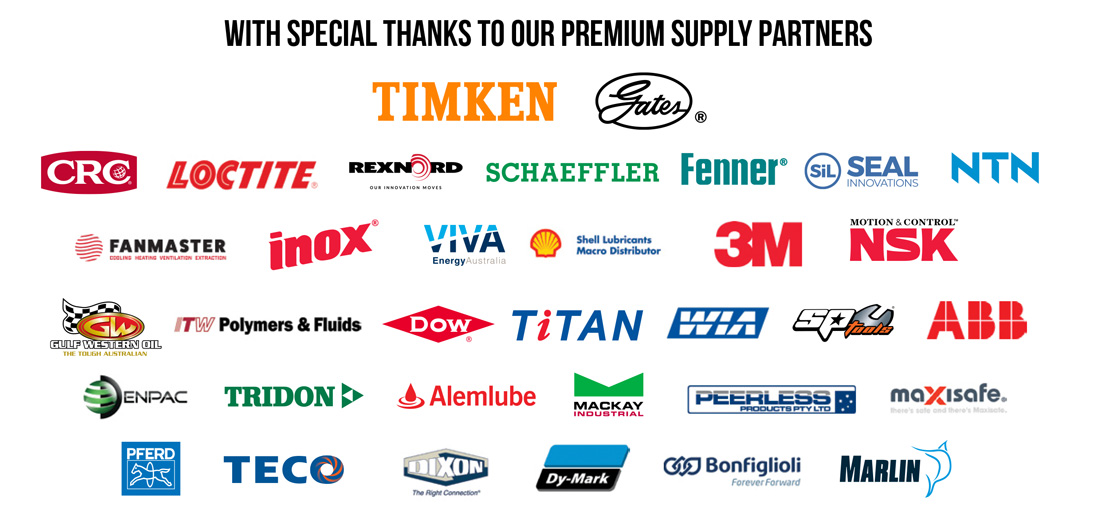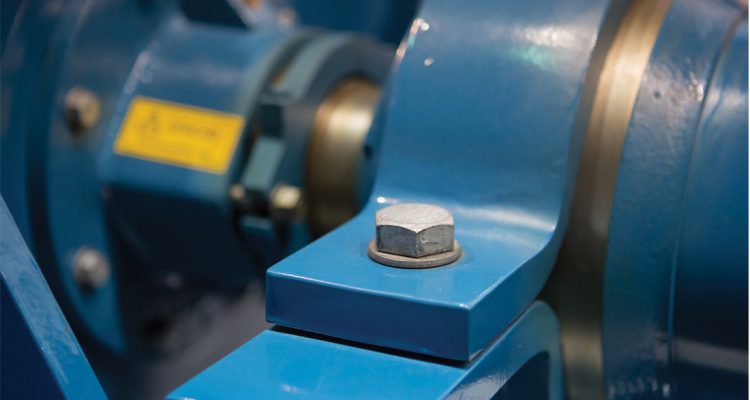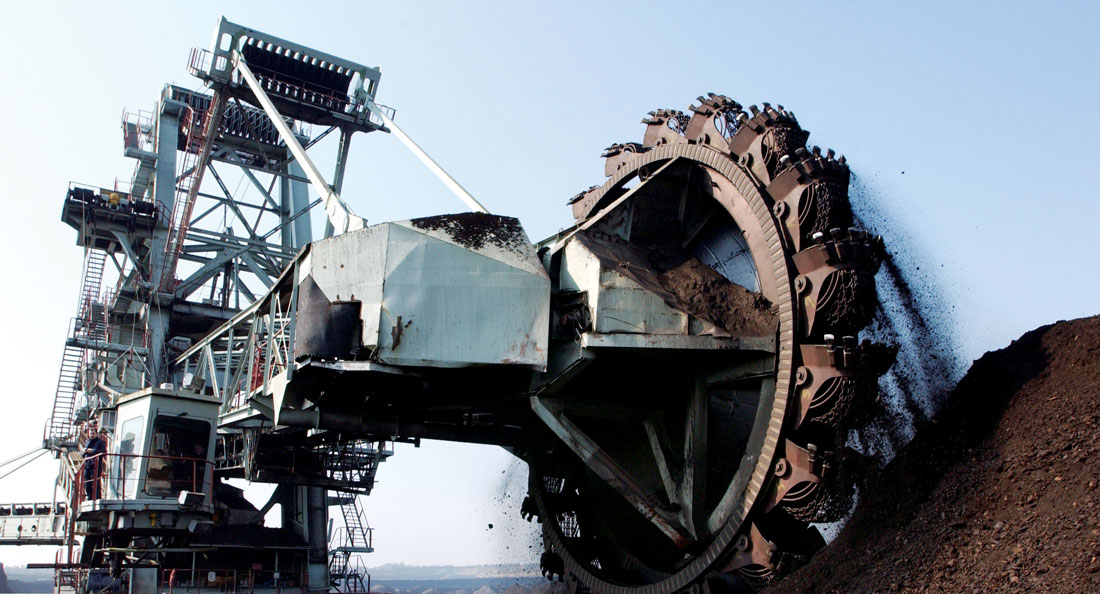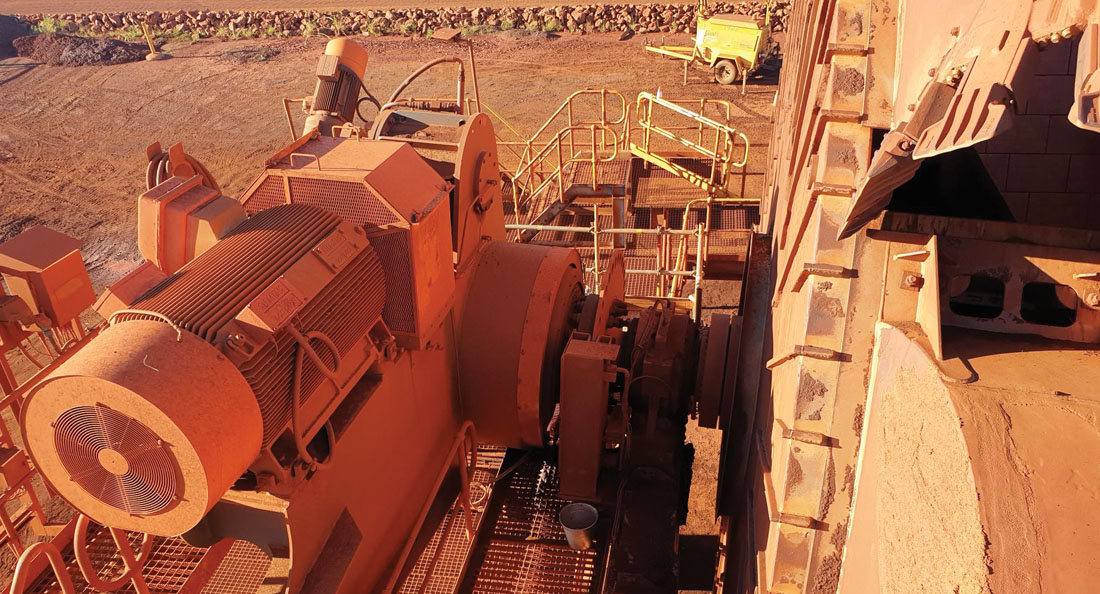When it comes to deciding on the best sealing solution for equipment such as pumps or agitators, newer developments in sealing technology offer more options than ever before. Although mechanical and packing seals have been the default sealing methods of choice for many years, injectable packing is a relatively new technology that has proven to be
highly effective.
Unlike braided or die formed packing, injectable packing is a hybrid between a solid and a liquid composed of chopped reinforced fibre mixed with lubricants. Injectable packing works by injecting the semi liquid packing through the lantern ring flush port into the stuffing box.
Seal Innovations, as a part of Industrial Solutions Australia’s group of businesses, offers sealing solutions across a broad industrial market in Australia.
Raj Jadow, National Key Account Executive at Seal Innovations, says injectable packing is perfect for equipment that require high up-time since it can be topped up while the equipment is still rotating. This ability is also helpful when accessing the gland for adjustments is not feasible.
“If you have a pump that keeps slowing production because it leaks, injectable packing is a great solution that allows you to walk up to that leaking pump, connect your injection gun to a button fitting, pump in some injectable packing and walk away without having to shut down the pump,” he explains.
Injectable packing is also an effective solution for sealing equipment with worn shafts or fretted sleeves.
An example of this was demonstrated by CBC Key Account Executive, Neal Ragau, when his client, a major power station in Queensland, was struggling with constant ash extrusions from the shafts in their ash crusher. The ash was wearing through the shafts, causing excessive maintenance costs, as well as posing environmental concerns from the leakage.
CBC and Seal Innovations worked together to resolve the issue by introducing an injectable packing product to provide the seal between the shaft and the stuffing box walls. The CBC engineering team also modified the steel gland and added a shaft sleeve to suit the injectable packing gland with ASF containment rings.
The result, as Neal explains, was significant cost and time savings for the power station.
“The gland now runs trouble free and leaking ash is no longer an environmental problem. Far less maintenance is required because only the shaft sleeves need to be replaced instead of replacing the shafts themselves. Once in place, the injectable packing can be topped up if leakage occurs, often when the equipment is under pressure and operating.”
There are, however, key considerations to keep in mind when using injectable packing solutions.
“Because injectable packing does not have any strength, two end rings are necessary to enclose the material to avoid extrusion through the gland follower and pump throat,” says Raj.
In addition to providing a range of different injectable packing solutions, CBC and Seal Innovations also provide a complete range of injectable packing tools, accessories and cartridges, as well as providing services ranging from gland design, modification, assembly and installation.
“Both Seal Innovation and CBC have vast industry knowledge and expertise in solving sealing issues. We have an experienced and dedicated technical team who work with clients to solve their day-to-day sealing problems. With 50-plus years of experience, we also have the capability to design and develop sealing solution in-house,” Raj concludes.




